In the Midst of a Renaissance, Wines of Israel Offers Diversity and History Few Regions Can Claim
by Erik Segelbaum
Regarded as the Holy Land by several of the world’s major religions, Israel also represents, for many, the holy land of wine production. The country can trace its enological roots back over 5,000 years, and archeological evidence confirms that it was one of the world’s first winemaking sites.
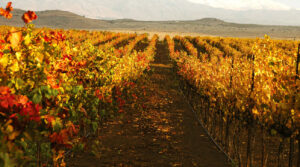
It would be false, however, to classify Israel as Old World—or New World, for that matter. Instead, it could be considered “the oldest world,” but despite its documented winemaking tradition, many modern consumers have little to no understanding of Israeli wine. When polling most Americans about the category, two somewhat inaccurate themes tend to emerge.
First, there’s a prevailing belief that Israeli wine equals kosher wine. Many hear the latter term and think of the sickly sweet plonk used for religious ceremonies, but while many Israeli wines are coincidentally kosher, the classification’s rules and standards are by no means a defining factor and have absolutely no impact on quality. In fact, many kosher winemaking practices are also employed by organic, Biodynamic, and natural-wine producers: Letting land lie fallow every seven years to promote soil health is one prominent example. Kosher wines are typically organic and, by definition, made naturally, as production laws make it near impossible to use chemicals or additives. Consider that a Biodynamic wine isn’t necessarily delicious because it’s Biodynamic; however, a delicious wine can certainly be Biodynamic. The same parallel can be drawn with kosher wines.
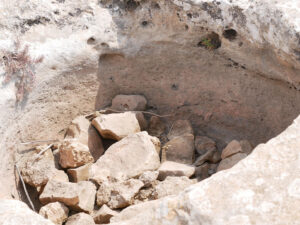
The second common misunderstanding stems from Israel being considered part of the Middle East. While this is politically true, the reality is that Israel’s climate could much more accurately be described as Mediterranean. When one envisions the Middle East, it’s unlikely that snowcapped mountains and verdant fields and forests come to mind, yet much of the country’s winemaking occurs in exactly these areas. The Golan Heights harbor high-altitude and cool-climate production, while the Galilee and Shomron Hills regions are fertile and green. Meanwhile, the Coastal Plain, Central Mountains, and Judean Hills have more in common climatically with Provence or the Languedoc than other Middle Eastern locales.
So, what defines Israeli wine? Simply put, the category has it all, particularly distinguishing itself through its mix of Mediterranean, indigenous, and classic varieties; its high-altitude winemaking; and its burgeoning international influence. Read on for an exploration of each of these assets.
Mediterranean Varieties
Israel’s climates are so welcoming to Mediterranean grapes that plantings of varieties typically found in southern France are increasing exponentially. Syrah has been a mainstay for many years, and while Grenache vines are barely ten years old in their oldest Israeli sites, they yield expressions that can rival some of the best of the Rhône Valley.
As a result, some wineries have dedicated significant resources to expanding the presence of Mediterranean varieties. Dalton, one of the pioneering producers of the Upper Galilee, is well known for its Syrah-Grenache blend, Alma-Scarlet, and also makes several expressions of Syrah/Shiraz; it recently added Viognier to its repertoire and has leased a plot of old vine Carignan and Grenache Blanc, which the winery will harvest for the first time in 2020. In addition, CEO and owner Alex Haruni intends to plant Cinsault soon and is exploring potential additions to Dalton’s Mediterranean portfolio. (Look for a series of winemaker blends in early 2020, which will be heavily influenced by these varieties.) The decision to expand the winery’s use of Mediterranean grapes came fairly easily. “Israel needs to grow varietals that perform well in warm climates, and Shiraz and all its friends perform very well in our region,” says Haruni, noting that their success was the impetus for Dalton’s experimentation with southern Italian and Greek varieties.
Another key player in this arena is boutique producer Jezreel Valley. Only seven years old, it has gone all in on Mediterranean varieties, with delicious results: Its Argaman—an Israeli crossing of Souzão and Carignan—is a benchmark for warm-climate winemaking. Syrah, autochthonous variety Dabouki, and Carignan (which continues to yield exemplary results by nearly all who work with it) are among the other varieties the winery works with.
Winemaker and CEO Yehuda Nahar notes that when Jezreel Valley opened its doors, people thought they were crazy because, at the time, “almost all premium wine in Israel was with a French style.” However, that didn’t deter Nahar and fellow co-founder Jacob Ner-David, who had set out from day one to catalyze an Israeli winemaking revolution. Today, every wine they make is based on their desire to “infuse an Israeli identity [into their] wines that the whole industry can be proud of,” Nahar says.
Indigenous Varieties
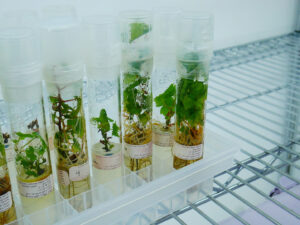
Because grapes best suited to Mediterranean climates are leading the charge in the Israeli wine renaissance, it should come as no surprise that there’s a significant groundswell compelling producers to utilize indigenous varieties. These include the aforementioned Argaman and biblical-era examples such as Bittuni, Marawi (also known as Hamdani), Jandali, and Dabouki.
Many producers are achieving praiseworthy expressions of these grapes, though lack of available vine material presents a challenge. Undeterred, a group of wineries, including Recanati, is working hard to proliferate indigenous varieties. Executive VP Gil Shatsberg explains that the Recanati team first encountered Marawi and Bittuni through world-renowned Ariel University wine researcher Dr. Shivi Drori, who also serves as chief winemaker at Gva’ot winery and whose work has been instrumental in helping prove the viability of native Israeli grapes. After they tasted several small-scale experimental lots from Drori’s research team, “[Marawi and Bittuni] stood out as worthy for commercial production, so we started with them,” Shatsberg says.
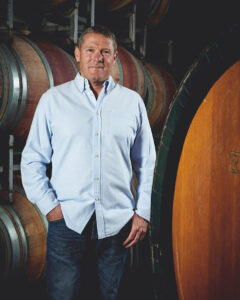
When asked about the response to these highly uncommon varieties, he happily notes that “the initial reaction . . . was amazing. It was as if the market was waiting for something unique and authentic.” This was also clear to Ido Lewinsohn, chief winemaker at Barkan winery and former winemaker for Recanati, where he was instrumental in establishing a program for autochthonous varieties. Says Lewinsohn, “When I started working for Barkan, it was obvious to me that I would make as many indigenous varieties as I could.” He echoes the concern that there is not yet enough area under vine, though new indigenous plantings are increasing yearly.
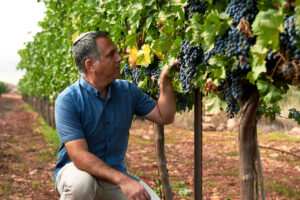
Classic Varieties
While Mediterranean and indigenous varieties are gaining traction, the modern Israeliindustry was founded on classic Bordeaux grapes. Indeed, those in the Cabernet family continue to dominate the country’s wine scene, a role that was solidified by the significant investment of Baron Edmond de Rothschild (of Château Lafite Rothschild) in the region during the late 1800s. More recently, many producers only had access to classic varieties, as they comprised the only vine material available in Israeli nurseries for much of the 1990s and early 2000s.
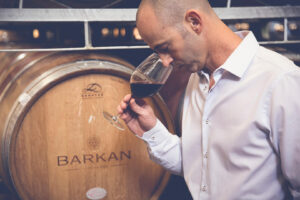
One of the baron’s many initiatives was the founding of Carmel winery, whose first vines—and indeed the first brought into Israel from a foreign source—were Cabernet Sauvignon. Classic varieties tend to thrive in the high-elevation regions of Golan Heights, Galilee, and Judean Hills, but they can be found all over the country. Carmel crafts expressions of Bordeaux varieties that range from entry level to premium, including those under the umbrella of Yatir, its highly acclaimed boutique winery in the famed Yatir Forest.
Founded by four families who have grown grapes since 1901, Tabor is another winery rooted in classic varieties. Their descendants can trace their heritage back to the Rothschilds, who originally established the Kfar Tabor village and vineyards, but heritage is not the only motivator for working with grapes in the Cabernet family. As head viticulturist Michal Akerman explains, they grow Cabernet Sauvignon in the Upper Galilee because the area’s soil type and climate conditions are perfectly tailored to Bordeaux varieties: “The high altitude brings about a wide amplitude between day and night temperatures during the growing season,” and the proliferation of limestone and clay stones forces roots to “plunge deeply to find moisture, placing them under ideal stress levels.” She goes on to draw parallels between Israel and Bordeaux; regarding the difference between Left Bank and Right Bank terroir, she explains, “In Israel, we see both . . . so we fit the terroir to the varieties. And as is practiced in the Old World, we are trying not to inject too much of ourselves while the grapes grow.”
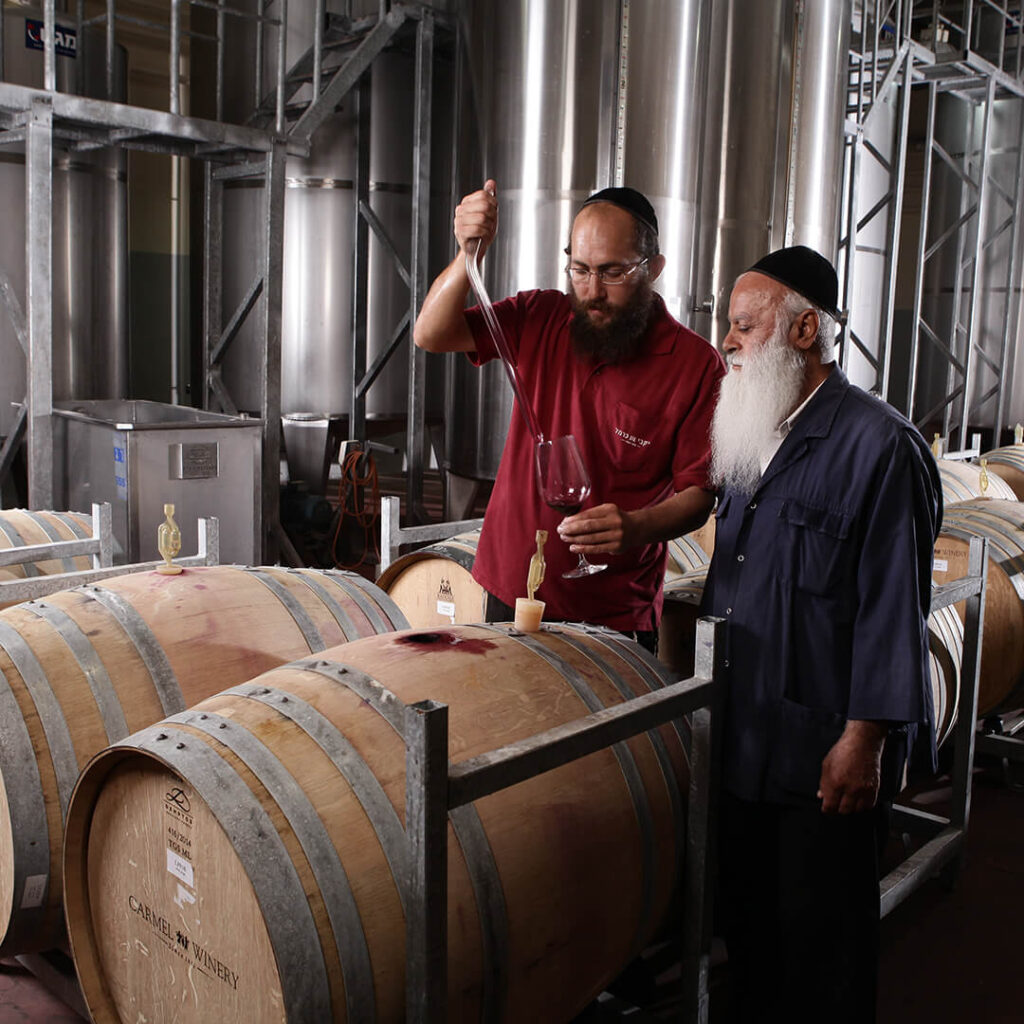
Varying expressions of Bordeaux grapes can be found across all of Israel’s growing regions. The same varieties can show different flavor characteristics depending on where they’re rooted.
High Altitude
Given that the Dead Sea, the lowest place on Earth at nearly 1,400 feet below sea level, is in Israel, most people don’t associate the country with high-altitude viticulture. However, significant plantings can be found at high elevations. Take the Yarden Blanc de Blancs, a sparkling wine from Golan Heights Winery’s premium tier that’s made via the traditional method: The vines that produce this 100% Chardonnay are planted on a volcanic plateau between 1,300–3,900 feet above sea level.
As exemplified by its Altitude Series, Barkan has also fully embraced high-altitude winemaking. Each bottle displays the elevation of its vineyards, which range from 1,900 to 2,600 feet above sea level. White varieties thrive at these heights, and some of Israel’s most exciting dry Rieslings are planted in high vineyards. As the industry here continues its renaissance, one can expect to see a continued push for high-elevation plantings.
International Influence
The global wine world is looking in on Israel almost as much as Israel is looking out. One of the best examples of this status quo exists at Covenant Israel, whose co-owner and winemaker, Jeff Morgan, previously had an illustrious winemaking career in California. Intrigued by Israel’s soil and climate, which he perceived as similar to Northern California and the Rhône Valley, Morgan saw what he describes as the “copious amount of limestone interspersed with terra rossa” as ground tailor-made for growing Rhône varieties.
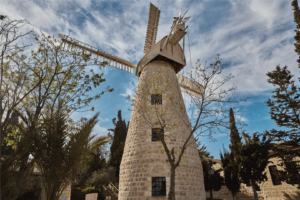
Canadian Sam Soroka of Jerusalem Wineries is another Israel-based head winemaker who boasts an extensive international resume, including stints at prestigious domaines in Napa Valley, the Languedoc, Niagara, and Western Australia. As he applies the expertise gleaned from his wide-ranging experience, Soroka says he’s proud to witness Israeli winemaking improve as it continues to command international attention. One can only expect that influence will continue to evolve as more talent flocks to this growing industry.
Few (if any) winegrowing areas can claim the history and diversity of Israel. Despite ranking among the key birthplaces of wine, it feels simultaneously like a fledgling region and a well-established one in the midst of renaissance. Whether you consider Israel New World, Old World, or oldest world, one thing is certain: This tiny country has an extraordinary gift to offer to the global wine community. Whether they’re classic, Mediterranean, or indigenous, the wines of Israel are certain to surprise and delight.
Editor’s note: Erik Segelbaum, Advanced Sommelier, is an ambassador for Wines of Israel. He is also founder of Somlyay, a hospitality consulting company.
